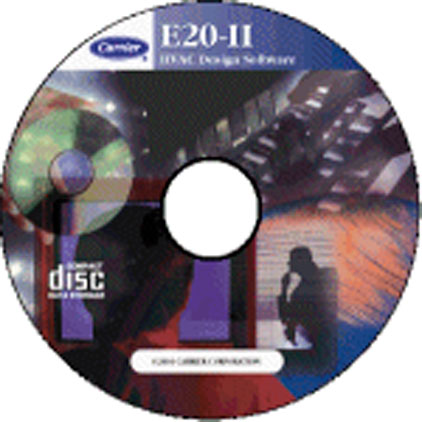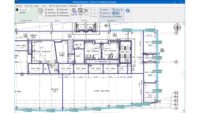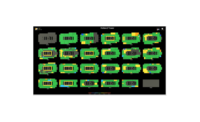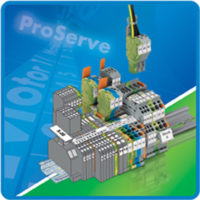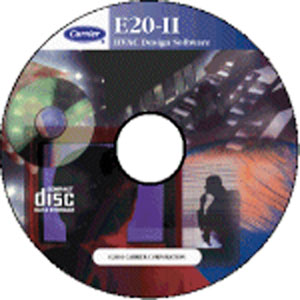 Carrier introduces eDesign Suite software tools for buildings.
Carrier introduces eDesign Suite software tools for buildings.
For busy building-system designers, every minute counts. But imagine configuring and calculating the energy impact of alternate heating, ventilation and air conditioning (HVAC) system designs in less than 15 minutes. With HVAC accounting for more than 40 percent of a building’s total energy use, Carrier, the world’s leader in high technology heating, air-conditioning and refrigeration solutions, introduces its eDesign Suite software tools to help building designers rapidly compare annual energy costs for HVAC designs.
Supporting the design of high-performance buildings that consume less energy, Carrier created the eDesign Suite to help engineers in the early design phase of a project, when rapid evaluation of design alternatives is critical. The Building System Optimizer, a major offering under the eDesign Suite, uses a streamlined user interface and automatic model generation to allow a full model of the building and its HVAC systems to be configured in just minutes. A typical building energy analysis requires a large amount of data to describe the building and its HVAC systems. Carrier’s Building System Optimizer asks high level questions about a building, including size, shape and use (office, retail, school, etc.) and then applies built-in logic to automatically generate a detailed model.
“The ability to achieve higher levels of energy efficiency are driving engineers to adopt new HVAC systems, equipment and controls in their building designs,” stated Chris Nelson, president, Carrier residential and commercial systems. “As a leader in innovation and energy-efficient products, Carrier takes its commitment to sustainability a step further with a full software suite that provides users the ability to model new technologies to evaluate energy performance and cost effectiveness – in less time than it takes to finish a cup of coffee.”
The Building System Optimizer is the fifth component of Carrier’s suite of software tools, which has been renamed Carrier’s eDesign Suite, replacing the E20-II software suite name that has been used since 1981.
“The Building System Optimizer adopts the most current technology to automate key engineering tasks involved in the design of HVAC systems, saving engineers one of the things they value most - time.”
Carrier’s eDesign Suite has thousands of licensed users and in addition to the Building System Optimizer, includes the following software tools:
- Hourly Analysis Program (HAP) – which calculates peak cooling and heating loads for buildings; sizes HVAC systems and equipment components, calculates and compares annual energy costs for design alternatives, and performs prescribed analysis for LEED® Energy and Atmosphere Credit 1.
- System Design Load- that calculates peak cooling and heating loads for buildings and sizes HVAC systems and equipment components.
- Engineering Economic Analysis - that compares lifecycle costs for HVAC design alternatives to determine which design has the best lifecycle cost.
- Refrigerant Piping Design - that calculates required sizes for refrigerant piping connecting components in split DX air conditioning systems and for chillers using remote condensers or evaporators.
